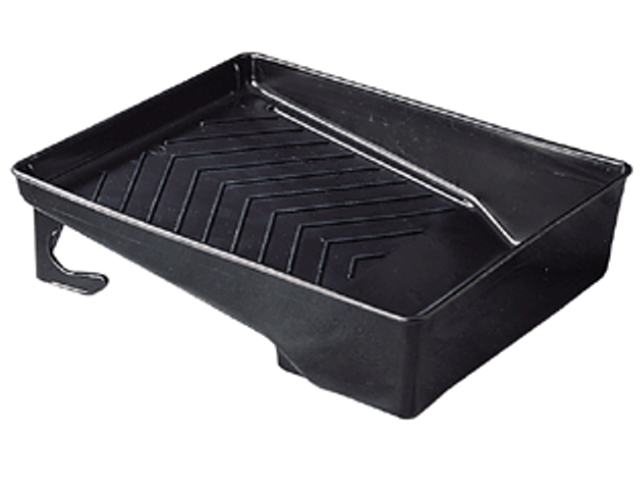How to clean your brush
when using acrylic paint
Most beginning acrylic painters kill a brush or two before they learn this simple truth: acrylics dry
fast. It is easy to ruin a brush by allowing paint to dry on the bristles or
work up into the ferrule. From my experience, brushes need two degrees of
cleaning: a “rinsing clean” and a “deep
clean”.
“Rinsing clean” is what you do every few
minutes, while painting using the tub. The cleaner the water, the cleaner your
colors, so feel free to change water often.
- RULE #1: Never put down your brush before rinsing it.
- If you follow this consistently, it becomes second nature. Even if the phone rings. I rinse before answering. It only takes a second and can save your brushes.
- Dry:
- Keep either a rag or paper towel laid flat on the table and use that to blot off excess water.
- If you see color come off on the towel, that means you need to rinse the brush again. Repeat until no color shows on the towel.
 |
| I highly recommend this brush tub from Loew-Cornell, available online or at local art stores. Notice the ridges on the bottom and the part that divides clean water from rinsing water. |
“Deep clean” at the end of the session
with soap and water. These are the steps for a deep clean in a classroom. (At
home, you can just bring the brush tub to the edge of the sink to do this
procedure.)
1. Clean in the tub
of water you already have at your table, to get the majority of the paint off.
2. Dump dirty water.
3. Fill your tub
half way with clean water.
4. Bring that to
your table and either use brush soap or hand soap to cover brush with soap.
· “Brush soap” is a little pricier, but it
is like a combined shampoo and conditioner. It both cleans and can be used to
condition brushes. It tends to the life of the brush. So, when you start using
more expensive brushes, this would be highly useful.
5. Move the soapy
brush back and forth against the bottom of your tub until the soap is off the
brush.
6. If necessary,
repeat step with soap then rinse. Work the part near the ferrule (the metal
that holds the hairs) with your fingers and nails if the paint is stubborn.
7. Dump the water.
8. Dry the brush
gently and shape it.
Why should I do a deep clean, if I already rinsed it?
This deep clean may sound fussy, but it actually takes just a short time after each painting session. If I notice paint is working up into the ferrule while I am painting, I often stop painting to do a deep clean of that brush on the spot.
What about just resting the paint brush in the water?
It looks like this:



No comments:
Post a Comment